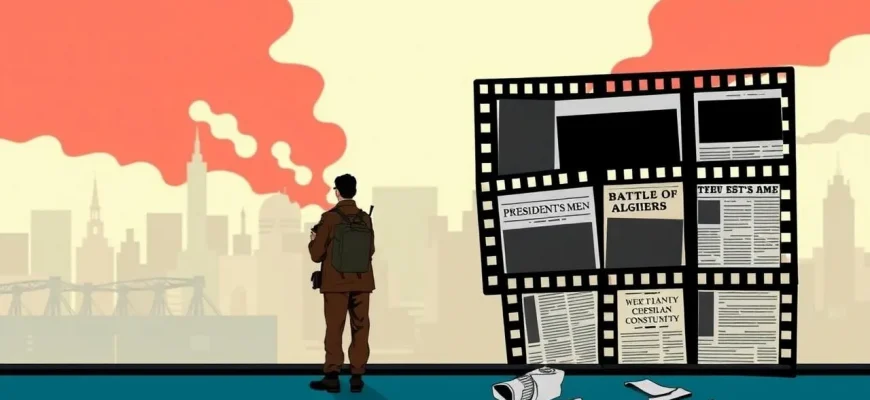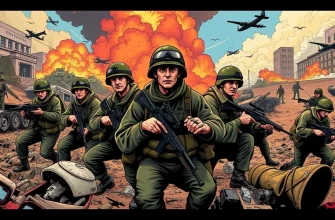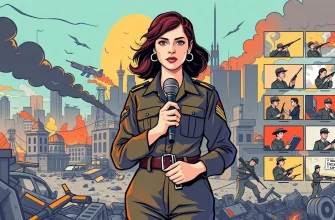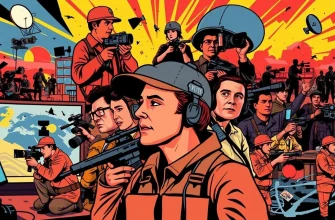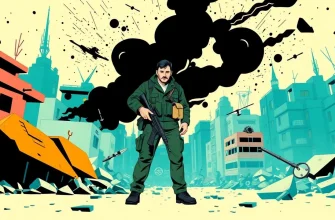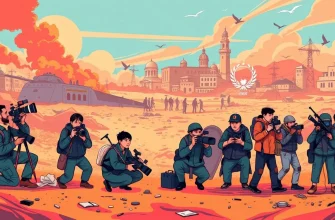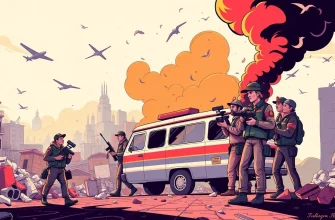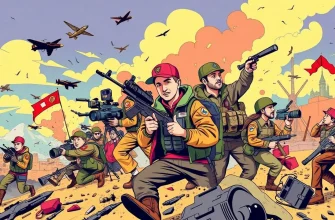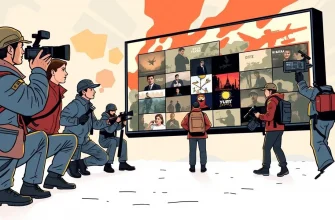This curated collection of films delves into the often overlooked aspect of military censorship during wartime. These stories highlight the tension between the need for national security and the public's right to know, offering a unique perspective on how wars are portrayed and perceived. Each film in this list provides insight into the mechanisms of censorship, the impact on soldiers, journalists, and civilians, and the ethical dilemmas faced by those enforcing or evading these restrictions. This selection is invaluable for those interested in the complexities of war reporting, propaganda, and the quest for truth amidst conflict.

The Manchurian Candidate (1962)
Description: This political thriller involves brainwashing and political manipulation, indirectly touching on themes of censorship and control during the Korean War.
Fact: The film was considered controversial at the time of its release due to its portrayal of political manipulation. It was remade in 2004 with Denzel Washington.
 Watch Now
Watch Now
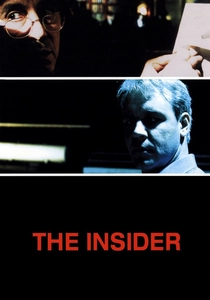
The Insider (1999)
Description: While focusing on corporate censorship, the film's themes resonate with military censorship, as it deals with the suppression of information for the sake of power and control.
Fact: Al Pacino and Russell Crowe both received Academy Award nominations for their performances. The film was based on a true story from a 60 Minutes segment.
 Watch Now
Watch Now

The Fog of War (2003)
Description: This documentary features former U.S. Secretary of Defense Robert S. McNamara discussing his role in Vietnam, touching on the manipulation of information during the war.
Fact: The film won the Academy Award for Best Documentary Feature. It includes 11 lessons from McNamara's life, one of which is about the importance of empathy.
 Watch Now
Watch Now
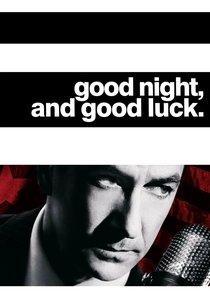
Good Night, and Good Luck (2005)
Description: This film focuses on Edward R. Murrow's battle against Senator McCarthy's anti-Communist witch hunt, showcasing the struggle against media censorship during the Cold War.
Fact: The film uses actual newsreel footage from the era, blending documentary style with drama. George Clooney, who co-wrote, directed, and starred in the film, was nominated for an Academy Award for Best Director.
 Watch Now
Watch Now
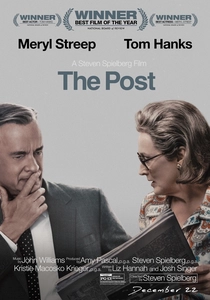
The Post (2017)
Description: The film depicts the Washington Post's decision to publish the Pentagon Papers, highlighting the tension between government censorship and press freedom during the Vietnam War.
Fact: Meryl Streep and Tom Hanks were both nominated for Academy Awards for their performances. The film was shot in 52 days, with the majority of the scenes set in the newspaper's offices.
 Watch Now
Watch Now
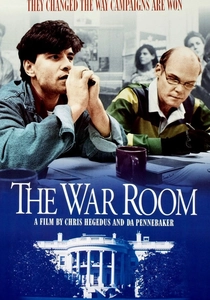
The War Room (1993)
Description: A documentary that captures the behind-the-scenes of Bill Clinton's 1992 presidential campaign, showing how political campaigns manage information and media.
Fact: The film was nominated for an Academy Award for Best Documentary Feature. It was one of the first films to give an insider's look at a modern political campaign.
 30 Days Free
30 Days Free

Shattered Glass (2003)
Description: This film recounts the true story of journalist Stephen Glass, whose fabrications at The New Republic highlight issues of journalistic integrity and censorship.
Fact: The film was shot in Montreal, standing in for Washington, D.C. Hayden Christensen's performance as Glass was critically acclaimed.
 30 Days Free
30 Days Free

The Lives of Others (2006)
Description: While not strictly about military censorship, this film explores the pervasive surveillance and control in East Germany, reflecting similar themes of information control during wartime.
Fact: The film won the Academy Award for Best Foreign Language Film in
 30 Days Free
30 Days Free
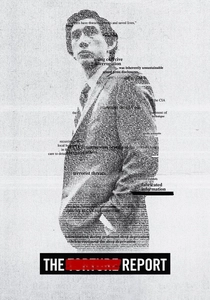
The Report (2019)
Description: This film explores the CIA's use of enhanced interrogation techniques post-9/11, touching on themes of government secrecy and the manipulation of information.
Fact: The film was praised for its accuracy in depicting the Senate Intelligence Committee's investigation. Adam Driver was nominated for a Golden Globe for his role.
 30 Days Free
30 Days Free

Control Room (2004)
Description: This documentary examines Al Jazeera's coverage of the Iraq War, providing insight into the censorship and propaganda from both Western and Arab perspectives.
Fact: The film was shot during the initial invasion of Iraq in
 30 Days Free
30 Days Free

